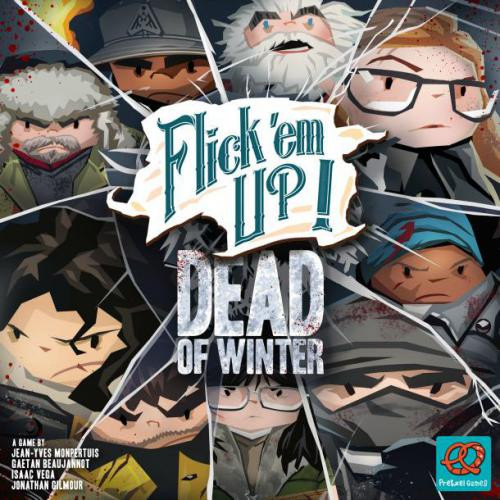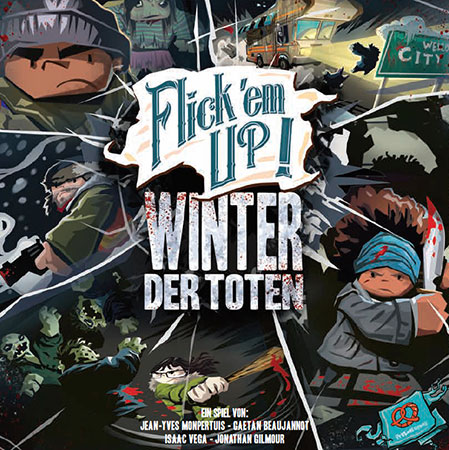

The bike is built around the gearbox, so instead of the typical bottom bracket shell, bottom bracket, and cranks, transmissions like the Pinion gearbox reviewed here have a one-piece design where the frame is specifically designed for the gearbox to bolt onto.įor this reason, among others, the gearbox has its own set of hurdles, and it would take quite an upheaval for it to gain mainstream success in the mountain biking world. Because of this, gearbox bikes aren’t like most other bikes. They also move the weight to the bike’s center, in between the wheels. This especially resonates in the age of the latest and greatest $500+ replacement cassettes. Plus, with minimal annual maintenance, they can potentially last a lifetime. They greatly reduce chain and cog wear by removing variable chainline, they stay in tune by design, and they eliminate the most fragile appendage on a mountain bike-the rear derailleur. I stress theoretically, but gearboxes do make a lot of sense. Theoretically, gearboxes have the potential to overtake the entire industry based on their ability to partially solve the weight distribution issue and upend the common woes of a traditional drivetrain. As bikepackers, we’re particularly attuned to all of these potential points of wear and failure. Even more, with cassette rings becoming larger and pushing over 52 teeth, this puts the derailleur lower and in an even more vulnerable position.

Let’s face it, it’s a fragile mechanical device that’s essentially hanging off the side of your bike, ready to be ripped off at will by the next rock or tree branch on the trail. Aside from spokes and the chain, it’s the most susceptible to mud, dirt, and debris. The fact that a rear derailleur (also known as the hang down in some circles) will always be one of the most damage-prone and vulnerable parts of a modern mountain bike. Need for frequent maintenance and tuning and 3. Excessive cog and cassette wear due to variable chainline and jumps between gears 2. However, no matter how much they progress technically, even the most advanced derailleur drivetrains face the same three shortcomings: 1. It’s a fight that’s been building up over the last few years as 1×12 has taken a firm foothold and SRAM and Shimano leap-frogged one another with 50, then 51, and now 52-tooth cassette cogs. The drivetrain-or transmission, as SRAM is now calling it-is on a quickly evolving trajectory as the two leading titans attempt to outdo each other year after year, all in hopes of capturing more of the market share and perfecting the derailleur-based drivetrain. It’s pretty clear what the most heated battle in the mountain bike industry is now. Words by Logan Watts, photos and video by Neil Beltchenko


 0 kommentar(er)
0 kommentar(er)
